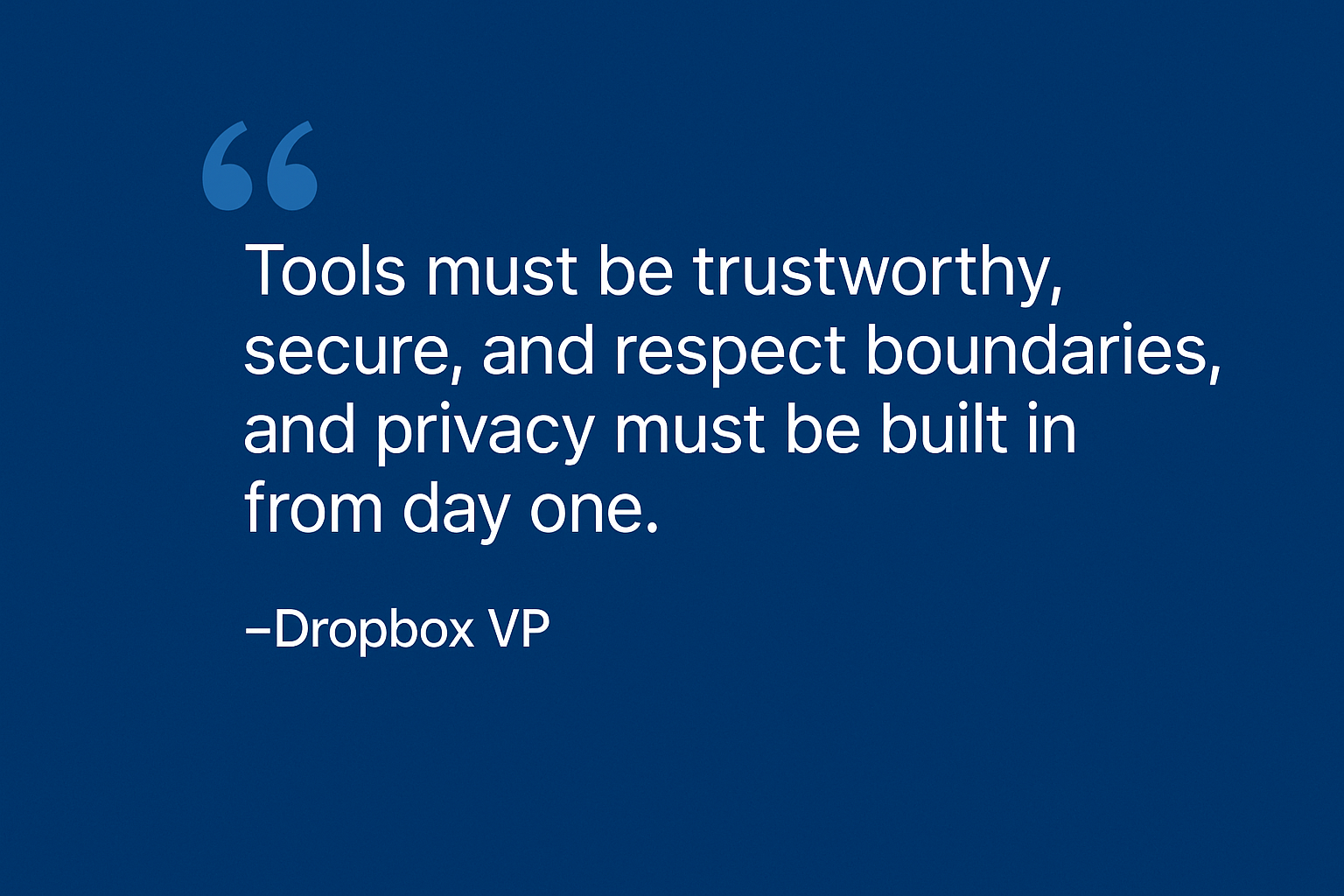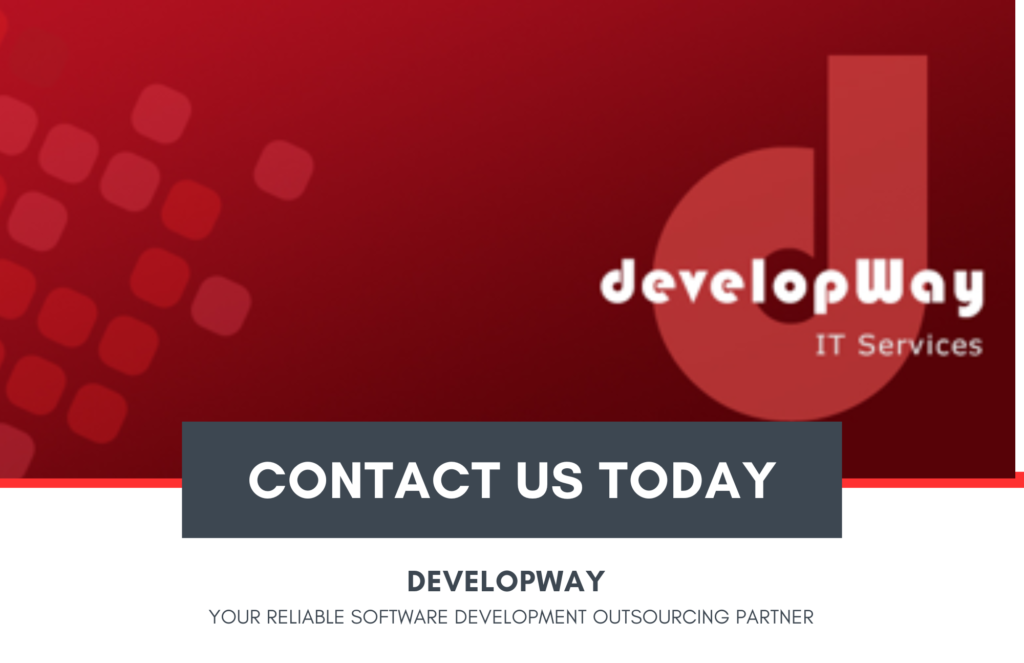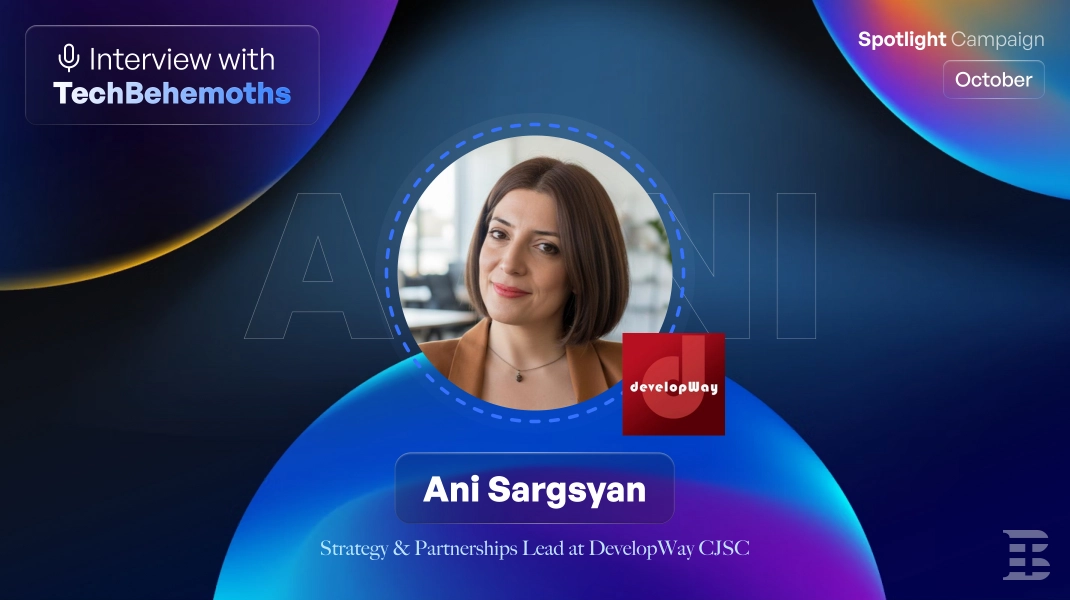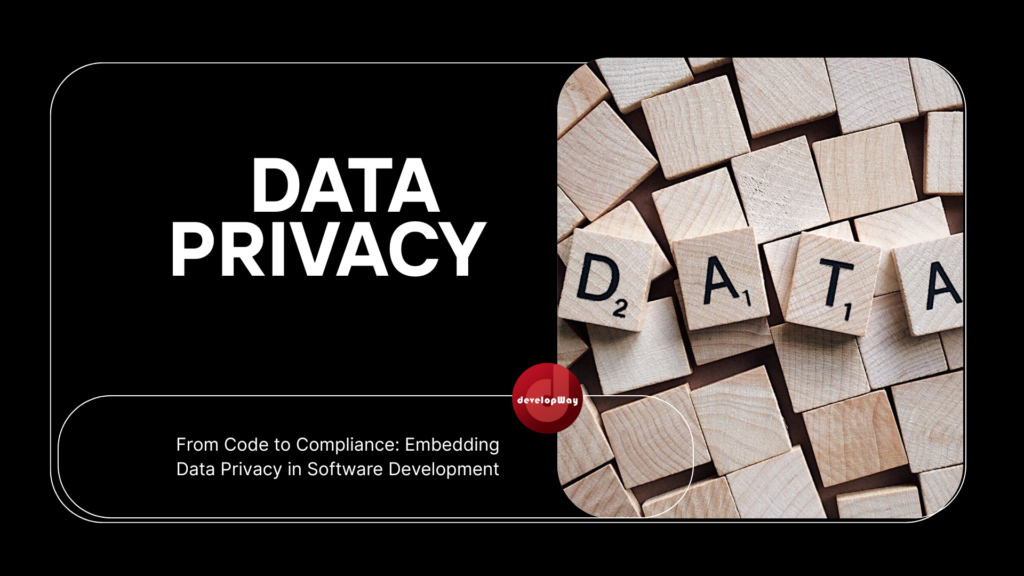
Why Data Privacy in Software Development is More Critical Than Ever
Rising Data Privacy Issues in Software Development: Are You at Risk?
In today’s interconnected world, software vulnerabilities can swiftly escalate into catastrophic breaches of user data. Cybercrime losses are projected to reach $10.5 trillion by 2025, rising to approximately $15.6 trillion by 2029, reflecting a 175% surge from 2022 levels (VikingCloud). As digital footprints expand, businesses face escalating threats from sophisticated cyber-attacks, unauthorized data access, and inadvertent leaks. These are not isolated threats—they affect companies across all sectors, from startups to enterprises. Organizations without robust privacy measures are increasingly at risk of operational disruption, financial loss, and irreparable damage to brand reputation.
The Business Impact: Why Is Data Privacy Important for Your Company?
Data privacy breaches don’t just impact individual users—they reverberate through entire organizations, leading to substantial financial penalties, diminished customer trust, and long-term reputational harm. The ripple effect can impact investor confidence, slow down sales cycles, and result in lost market share. According to Usercentrics, 95% of businesses indicate privacy investments outweigh the costs, reinforcing the value of proactive privacy strategies. Companies embracing stringent data protection frameworks not only mitigate risk but position themselves as trustworthy leaders who prioritize user safety and regulatory integrity.
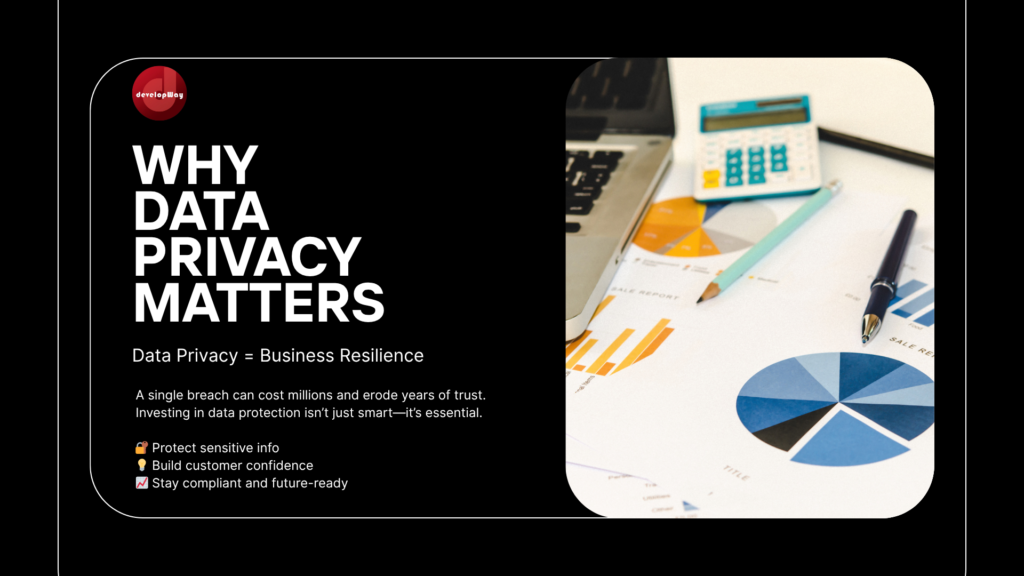
Protecting Sensitive Information in the Digital Age
Data demands rigorous protection protocols, given its immense value in today’s information-driven economy. Safeguarding personally identifiable information (PII), financial details, and proprietary data is paramount to maintaining business continuity and customer loyalty. Organizations must embrace advanced encryption standards, implement meticulous data handling policies, and establish persistent monitoring systems. The Verizon Data Breach Investigations Report (DBIR) highlights recurring vulnerabilities due to poor internal practices—underscoring the urgent need for end-to-end visibility and accountability across all digital touchpoints.
Privacy by Design: The New Standard in Software Development
What Is Privacy by Design and Why It Matters
Privacy by Design (PbD), integrates data protection directly into software development lifecycles, embedding privacy from inception. Its principles are not reactive—they’re proactive, laying a security-first foundation for any digital product. OneTrust highlights foundational principles of PbD, including privacy as default and end-to-end security, underscoring the importance of systemic security to proactively mitigate data breaches before they occur.
As a Dropbox VP put it, tools must be “trustworthy, secure, and respect boundaries”—and privacy must be built in from day one. This practitioner insight reinforces the idea that security isn’t a feature—it’s a foundation.
How to Implement Data Privacy in Software Development from Day One
Implementing PbD successfully involves prioritizing risk assessments, clearly outlining data usage parameters, and integrating security protocols early in design stages. It also includes role-specific accountability and aligning all stakeholders—from engineers to product owners—with privacy objectives. According to academic research (PETS Symposium), developers often face challenges with inconsistent data minimization and knowledge gaps, emphasizing the need for continuous training, hands-on tools, and cross-departmental collaboration to ensure alignment.
Secure Coding Techniques for Privacy-First Apps: Best Practices for Developers
Developers should embrace secure coding methodologies such as input validation, output encoding, rigorous error handling, and comprehensive logging. This approach reduces surface vulnerabilities and improves system reliability. Wired highlights Jeeves, an experimental programming language enforcing privacy policies at the code level, helping prevent accidental data leaks and streamline remediation processes before they reach production.
Navigating GDPR in Software Development: Ensuring Your Software Is Compliant
General Data Protection Regulation (GDPR): The Essentials Every Developer Must Know
Embedding privacy-first design into development is increasingly a top trend among developers. According to a recent GoodFirms survey, 60% of organizations prioritized privacy-first design as a leading app development trend in 2025.
GDPR compliance is non-negotiable for software targeting European users. Developers must ensure transparent data processing, explicit user consent mechanisms, timely breach notifications, and the availability of data portability and deletion options. Non-compliance can lead to legal ramifications and major fines, so aligning software functionalities with GDPR from the design phase is essential.
Data Protection Principles: How They Shape Your Software Strategy
Core principles—lawfulness, fairness, transparency, purpose limitation, and accountability—serve as the foundation of GDPR compliance. Applying these principles goes beyond technical implementation—it requires product teams to redefine their approach to data collection and storage. Integrating these values throughout the software lifecycle builds a compliance-first culture that reduces long-term legal risk.
Auditing Tools for Data Privacy Compliance: How to Choose the Right Solution
Selecting suitable auditing tools involves evaluating automation capabilities, real-time monitoring, compliance report generation, and scalability for future growth. Tools must support documentation workflows and integration with CI/CD pipelines. Enzuzo’s evaluation of leading data privacy management tools provides valuable insights, empowering businesses to proactively manage compliance and uncover blind spots early.

Practical Steps to Embed Data Privacy into Your Software Development Lifecycle
Conducting a Privacy Risk Assessment During Software Design: What You Need to Know
Privacy risk assessments identify potential threats, evaluate their likelihood and impact, and prioritize mitigation strategies. These assessments should occur at each stage of the development cycle to account for evolving risks. They’re essential for anticipating compliance issues and building trust with stakeholders who demand transparency.
Data Minimization Strategies in Software Engineering: Less Is More
Collecting only the data needed for functionality significantly reduces attack surfaces and simplifies compliance. Organizations should document data flows, regularly audit collection points, securely delete unnecessary information, and define clear data retention policies to protect users and streamline operations.
Secure Data Through Encryption Methods for Data Privacy in Software
Encryption, using advanced algorithms like AES and RSA, converts data into indecipherable code. It protects sensitive records at rest and in transit. Robust key management practices—such as rotating keys and limiting access—ensure that even if data is intercepted, it remains unintelligible to bad actors.
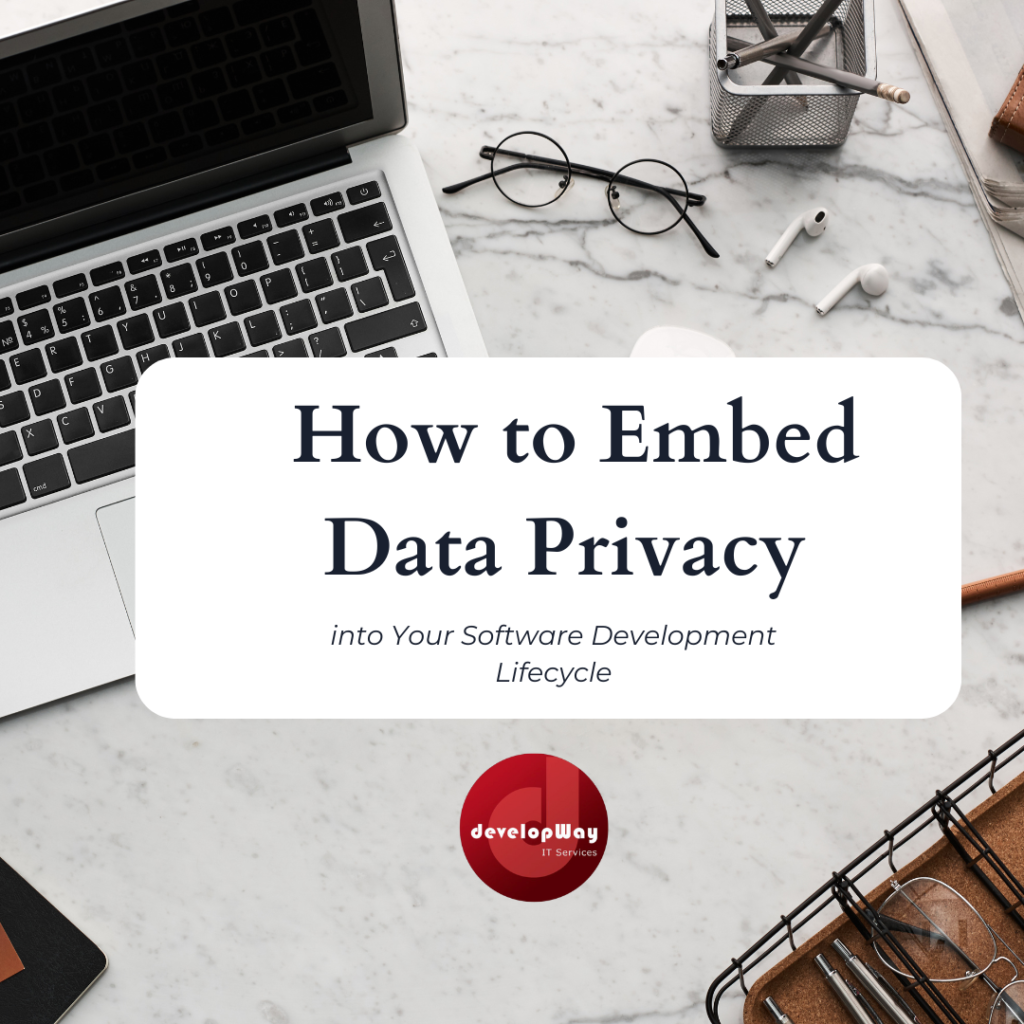
Managing Access and Permissions: The Foundation of Confidentiality Engineering
Access Controls and Access Segmentation: Protecting Sensitive Data at Every Level
Granular access control systems, such as role-based access control (RBAC) and multi–factor authentication (MFA), limit data exposure exclusively to authorized personnel. Access segmentation helps minimize internal threat vectors and isolates sensitive datasets from unnecessary access, reducing the blast radius in the event of a breach.
Confidentiality Engineering: Building Trust through Secure Architecture
Confidentiality engineering applies rigorous security principles throughout software design, ensuring privacy at architectural levels. It encourages a shift from reactive to proactive protection, incorporating threat modeling, secure defaults, and continuous system validation.
Leveraging Technology: Tools and Frameworks to Strengthen Data Privacy
Open-Source Tools for Data Privacy in Development: Cost-Effective Compliance
Open-source privacy tools like Keycloak, OWASP Dependency-Check, and OpenVAS provide flexible, customizable solutions at reduced costs. They enable smaller teams to meet high privacy standards without licensing overhead, while also benefiting from frequent community-driven security updates.
Cutting-Edge Auditing Tools for Data Privacy Compliance: Stay Ahead of Regulations
Modern auditing tools feature AI-driven analytics, anomaly detection, and predictive compliance checks. They support documentation for regulators and offer dashboards that provide executive-level insights into privacy posture—proactively ensuring regulatory adherence and avoiding costly non-compliance scenarios.
Real-World Examples: Companies Successfully Addressing Data Privacy Issues in Software Development
How Leading Brands Implemented Privacy by Design
Companies such as Apple, Microsoft, and Shopify have successfully leveraged PbD principles. These organizations embed privacy at every level of product development, from user interfaces to backend infrastructure, enhancing customer loyalty and reducing exposure to regulatory penalties.
Learning from Mistakes: Common Data Privacy Pitfalls and How to Avoid Them
Organizations frequently falter in employee training, incomplete data inventories, insufficient breach response plans, and evolving regulations. These missteps often stem from siloed communication and under-resourced privacy initiatives. Proactive avoidance involves strategic training, cross-team documentation, and adaptive compliance frameworks with executive backing.
Creating a Solid Data Privacy Policy: Your Guide to Transparency and Accountability
What Is a Data Privacy Policy and Why Your Software Needs One
A data privacy policy clearly communicates how organizations handle user data—what they collect, how it’s used, and how it’s protected. It’s a foundational document that establishes accountability and is often the first point of contact for privacy-conscious users and regulators alike.
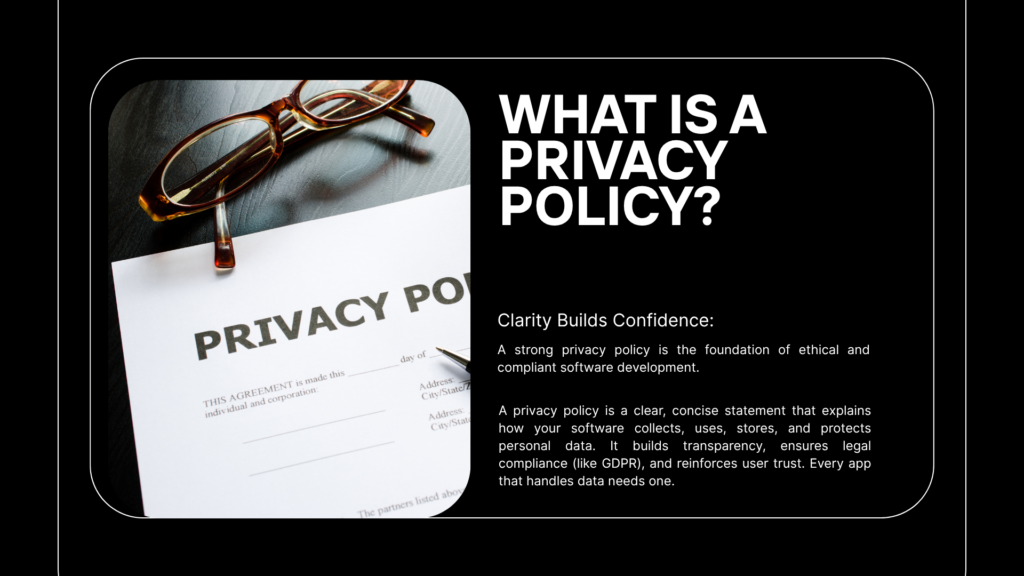
Writing an Effective Data Privacy Policy: Key Components and Best Practices
Effective policies clearly define data usage, data subjects’ rights, breach notifications, and compliance measures. To build trust, they should be written in plain language, updated regularly, and easily accessible within the product or service.
Communicating Data Protection Principles Clearly to Your Users
Clear language, accessible policy documentation, and proactive user engagement through consent forms and privacy settings enhance user trust and regulatory compliance. Empowering users to make informed choices reduces risk and fosters loyalty.
The Future of Data Privacy in Software Development: Staying Ahead of the Curve
Trends and Predictions: Preparing for Tomorrow’s Data Protection Laws
Future regulations emphasize transparency, data localization, AI-driven compliance, and enhanced user control. Companies must monitor legislative changes across jurisdictions and invest in adaptive systems that accommodate new standards without large-scale refactoring.
Partnering for Privacy: When to Consider Outsourcing Your Software Development
Outsourcing software development can offer specialized expertise, cost-efficiency, and compliance assurance. The key is to select partners with proven privacy credentials, documented processes, and cultural alignment with your organization’s data protection values.
Final Thoughts: Your Actionable Roadmap for Data Privacy Compliance
Quick Checklist: Embedding Data Privacy in Your Software Development Today
Assess risks, integrate privacy into design, train your team, monitor usage, audit systems regularly, and update your policies as regulations evolve—these steps form the backbone of sustainable compliance.
Taking the Next Step: Partnering with Reliable Experts in Software Development
Partnering with seasoned professionals ensures ongoing privacy excellence and sustainable business success. With privacy expectations only rising, aligning with trusted experts like DevelopWay positions your company for resilience and long-term growth.

